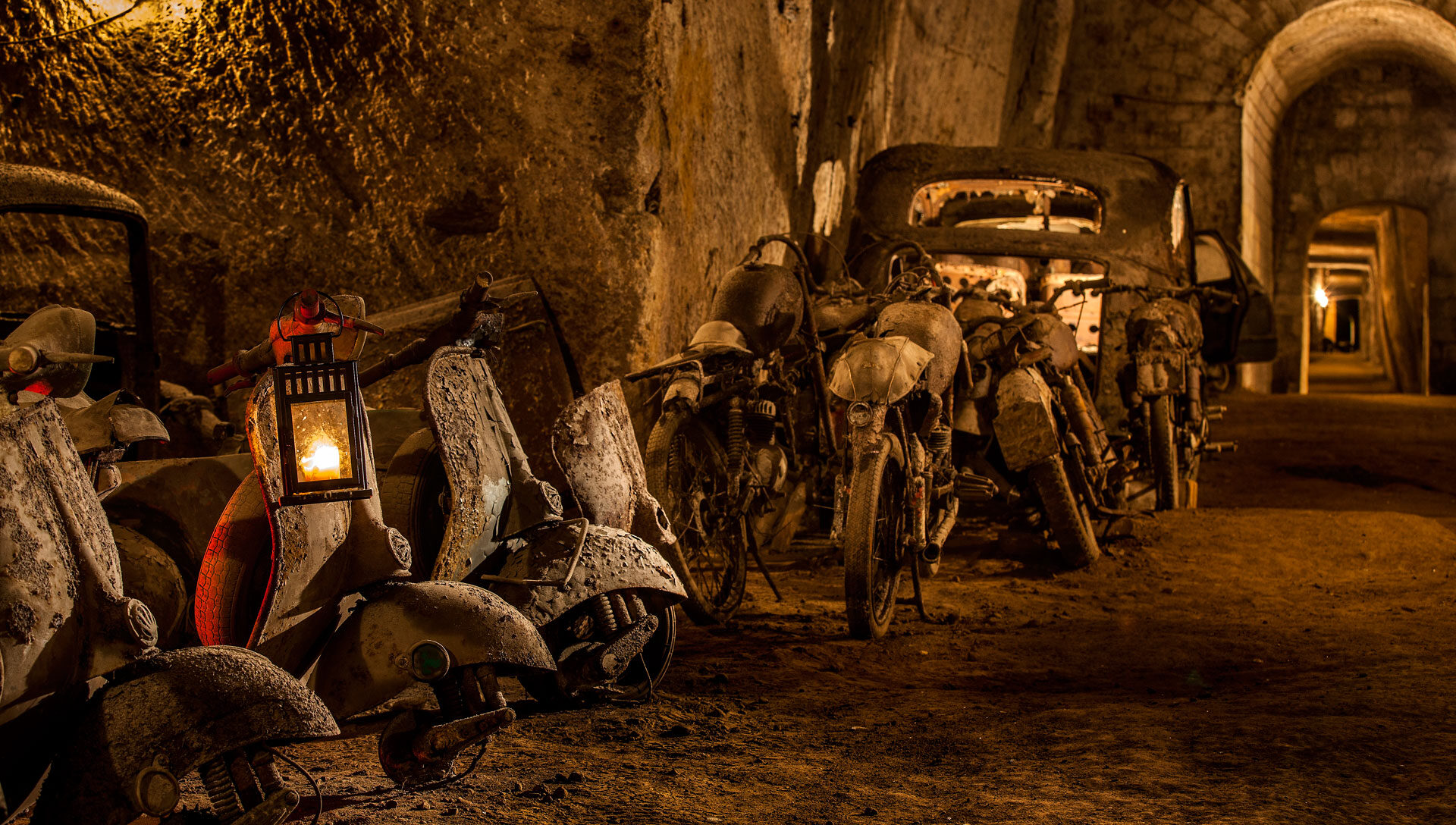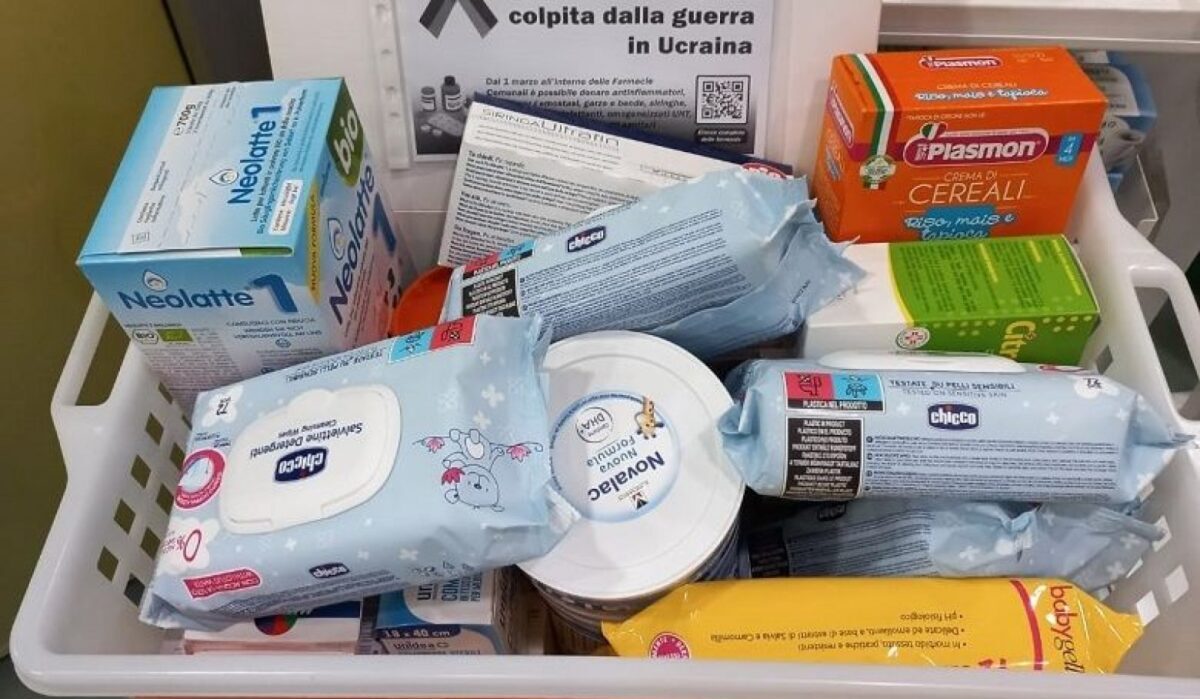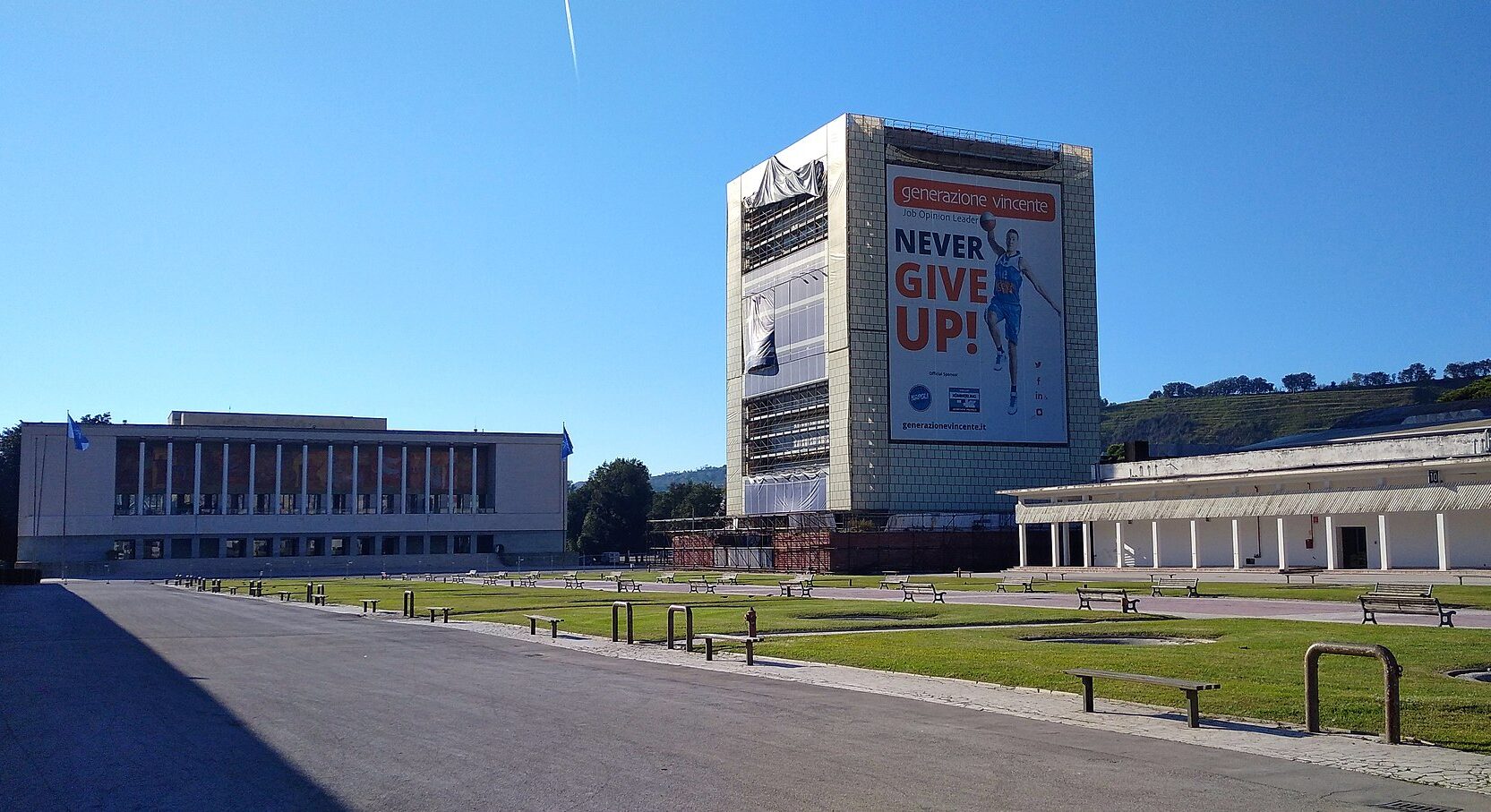In this period in which unfortunately they hover winds of war due to the invasion of Ukraine by Russia, we talk a lot about topics that we believed had been set aside for some time. Discussions about the presence of NATO bases and nuclear arsenals in our area, one wonders if it is appropriate to buy iodine tablets for nuclear risk and also where the anti-aircraft shelters are located.
In many city of Italy, and also to Napoli, there are many air-raid shelters that were fundamental for the population During the Second World War to protect ourselves from bombing and even if we do not currently risk suffering from air attacks, it is good to know their position.
These bunkers are found in almost every city, but many of them are in disused or have become museums or other sites. Below we will list those of our city, Naples, and those of the other main Italian cities.
The anti-aircraft shelters in Naples
As we know, Naples has aunderground area which testifies to the presence of many past cultures and is evident by observing the stratification of the city. Parts of the subsoil so capacious they were exploited to protect themselves during the war and they are 4 the largest underground air raid shelters. Recall that people also tried to adapt their cellars as much as possible, and any underground cavity could be useful.
The Bourbon Gallery
The Bourbon Gallery is located in Chiaia and its current entrance is on via Morelli. Previously called the Bourbon Tunnel, it was built in 1853 by King Ferdinand II to ensure that the kings had an escape route for every useful occasion. The space is really huge and consists of two entrances. During the war it housed both the bourgeois and the citizens of populace, who however lived in two distinct areas.
It was a refuge for many Neapolitans, it is estimated that they were between 5.000 and 10.000 citizens. Inside you can still find many objects of those who lived there for many years, especially those who lost their homes. Indeed, there are cars and Vespas of the time abandoned.
It is currently a site that can be visited where events also take place.
Address: Parking Morelli, Via Domenico Morelli, 61 c and vico Del Grottone, 4
Contacts: 0817645808 | 3662484151 | mail@galleriaborbonica.com
Hours and Prices: there are several routes, consult the Official site
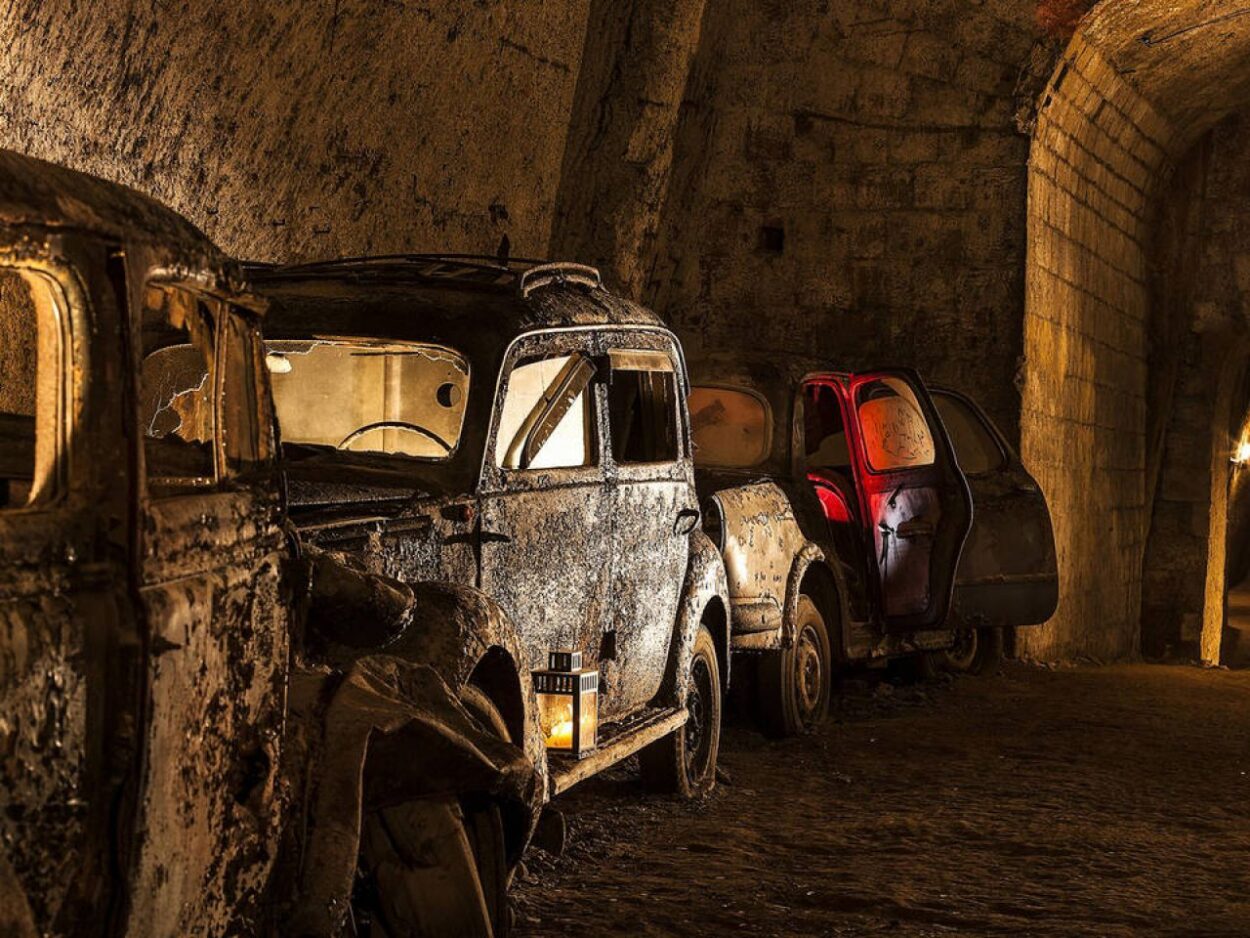
Underground Naples
The so-called Greek-Roman aqueduct, which we currently know as Underground Naples and which can be accessed from via dei Tribunali, it was also a fundamental refuge for the people. Smaller than the Bourbon Gallery, it hosted hundreds of people.
Among caves, cisterns and corridors, people lived in camp hoping not to be hit by the bombs. Inside there are also dozens of objects abandoned at the time.
Today it is a site that you can visit and there are hundreds of guided tours every year, in different languages.
Address: Piazza San Cajetan, 68
Hours and Prices: there are different bands, please refer to the Official site
Contacts: 081 296944-081 0190933 -3343662841- 340 4606045
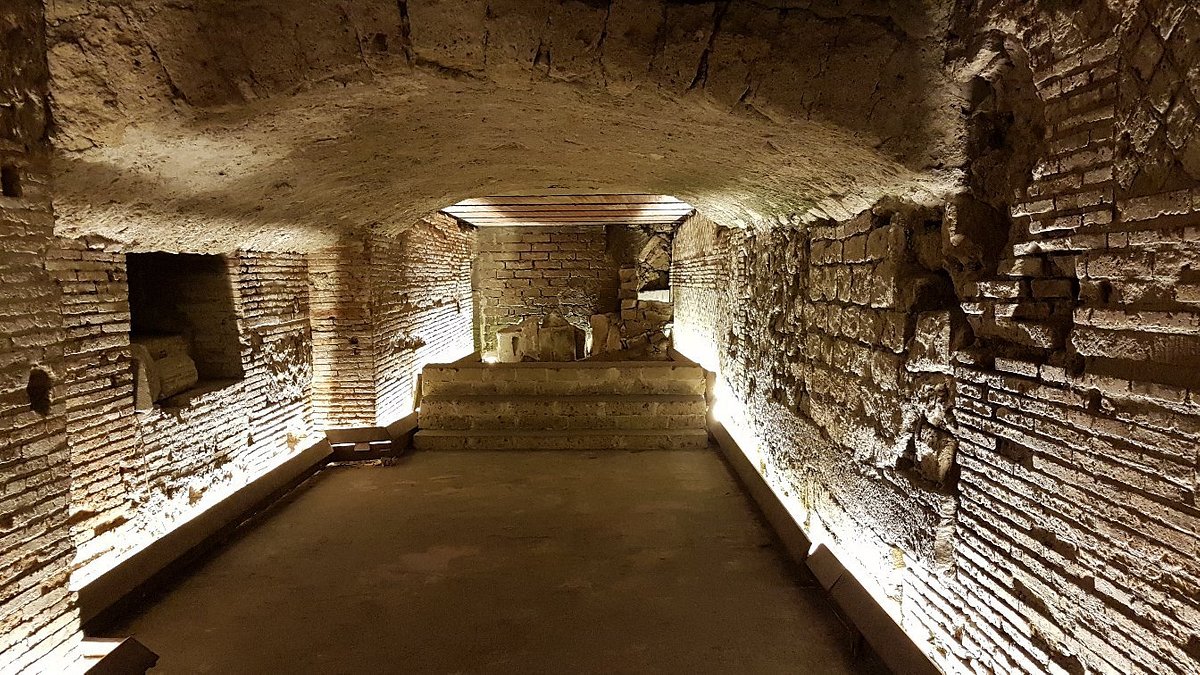
Sant'Anna di Palazzo
This cavity is found in the Spanish Neighborhoods, is 40 meters deep and 3200 square meters wide. Very large, it also hosted thousands of people, approximately 4000. It is part, like many other areas of underground Naples, of that set of cavities and tunnels under the city.
The entrance is in vico Sant'Anna di Palazzo 52. Even here there are still traces of the old electrical system, objects of everyday life, old bath and graffiti.
Address: Piazzetta Rosario of Palazzo
Contacts: 081 425175
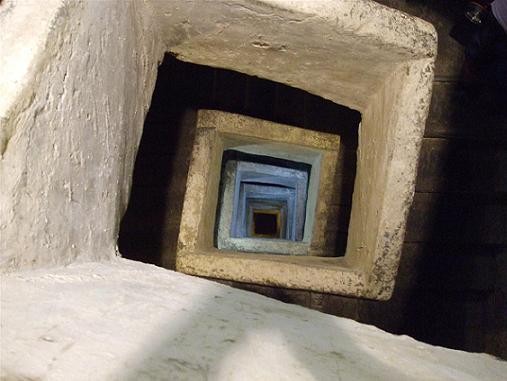
The Materdei station
One of the current exits of the Materdei metro station, in the Rione Sanità, was once an air-raid shelter and was created by adapting a tuff cavity of 1761. This cavity was used during the Second World War to shelter from bombs, especially by the inhabitants of the neighborhood.
Address: today it is the Materdei metro station in Piazza Scipione Ammirato
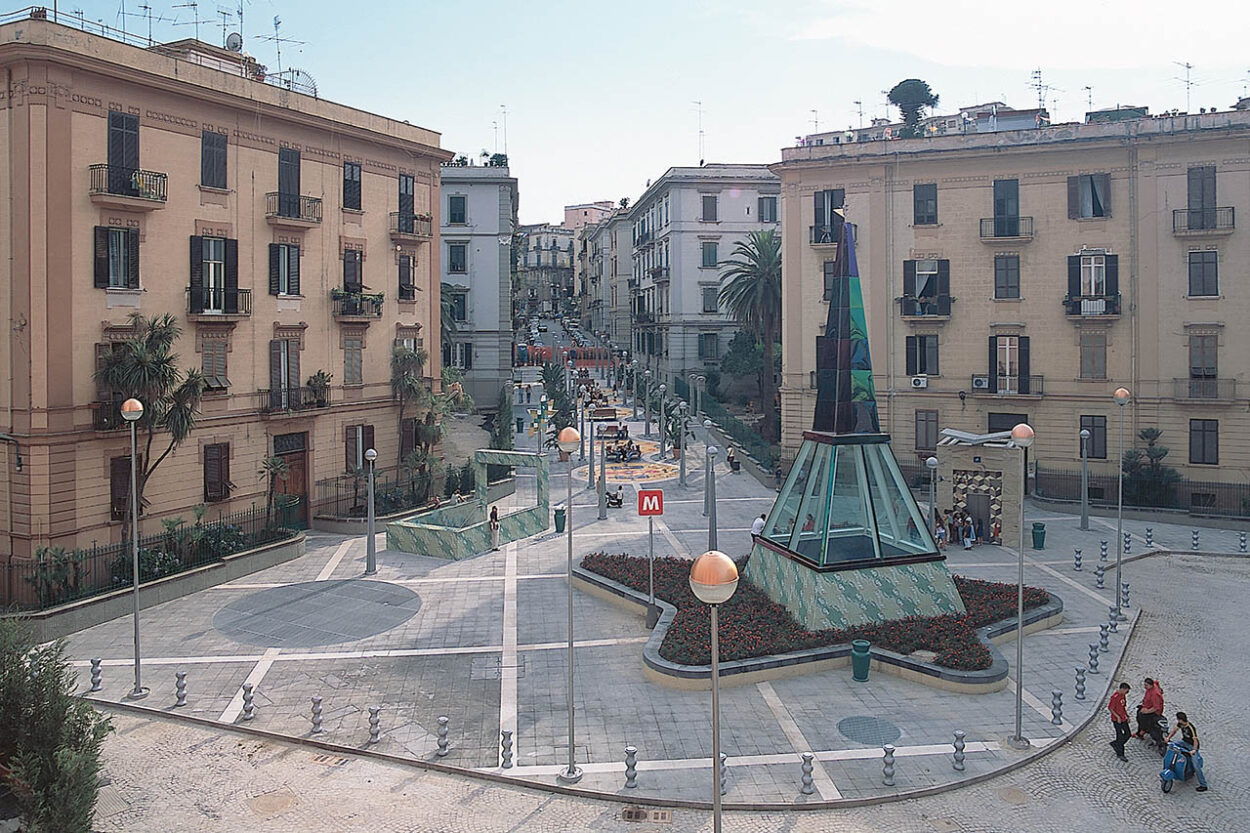
The other air-raid shelters in Italy
Roma
Also in Rome the cellars, if possible, but there were also other larger underground places that offered refuge to the population. There are about 12 bunkers, but the most important were:
- il bunker of Villa Ada which almost looked like a luxurious building with 5 armored doors and is located in via Panama. Today it is closed. It was used only by the royal family and was equipped with an overpressure ventilation system to keep out toxic gases. Address: Entrance from, Villa Ada Savoia, Via Panama, n. 55. Contacts: 3347401467
- il Mussolini's bunker under villa Torlonia. It consisted of a series of cellars and cavities connected to each other with walls more than a meter thick. Address: via Nomentana, 70. Contacts: 3347401467 | visits@bunkertorlonia.it | Official site
- il bunker under Palazzo Venezia, always built by Mussolini and its walls were even 4 meters thick.
- Office building at EUR: it is the only one born with the purpose of being an air-raid shelter. It is 33 meters deep and is 450 square meters wide. It could host more than 400 people for at least 4 months.
- il Termini Station bunker it was 10 meters deep and was the underground emergency “clone” of the external ACE (Apparato Centrale Elettrico) control cabin that was located above and was used to manage the trains. Therefore, even from the bunker it was possible to act on the management of trains.
- il Soratte bunker, one of the most important, but is located 45 km from Rome, in the Tiber Valley, under the calcareous mountain Soratte. There are three caves of karst origin, but artificial tunnels were also built for the purpose of refuge. These are 4 km of tunnels which later also served as anti-nuclear bunker. It is currently open to visitors. Address: Contacts: 3803838102 | bunkersoratte@gmail.com | Official site
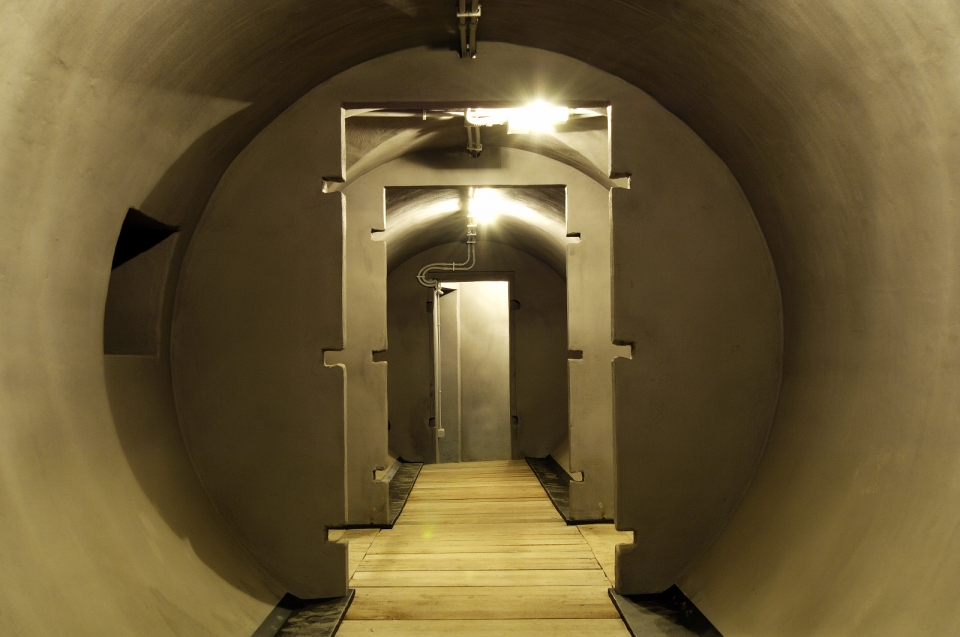
Milano
In Milan, as in Rome and Naples, they tried to build shelters in buildings with cellars and there were probably about 500 of this type. There are three, however, the largest public ones used by hundreds of people and which can still be visited today:
- il Refuge 87 which is located under the Leopardi elementary school in viale Luigi Bodio. It housed 450 people. Today it can be visited. Address: Viale Luigi Bodio, 22. Contacts: 02 8844 7160
- il refuge 56 under the fountain in Piazza Grandi and which was built by the Municipality. It can be visited. Address: Giuseppe Grandi square. Contacts: 0236565694
- il refuge in via Gioia, just over 13 meters long. There is work in progress to make it open to visitors.
Then there are the Breda bunker, anti-aircraft shelters of the V Aeronautical Section of Breda which are located in the eastern sector of the Parco Nord of Milan.
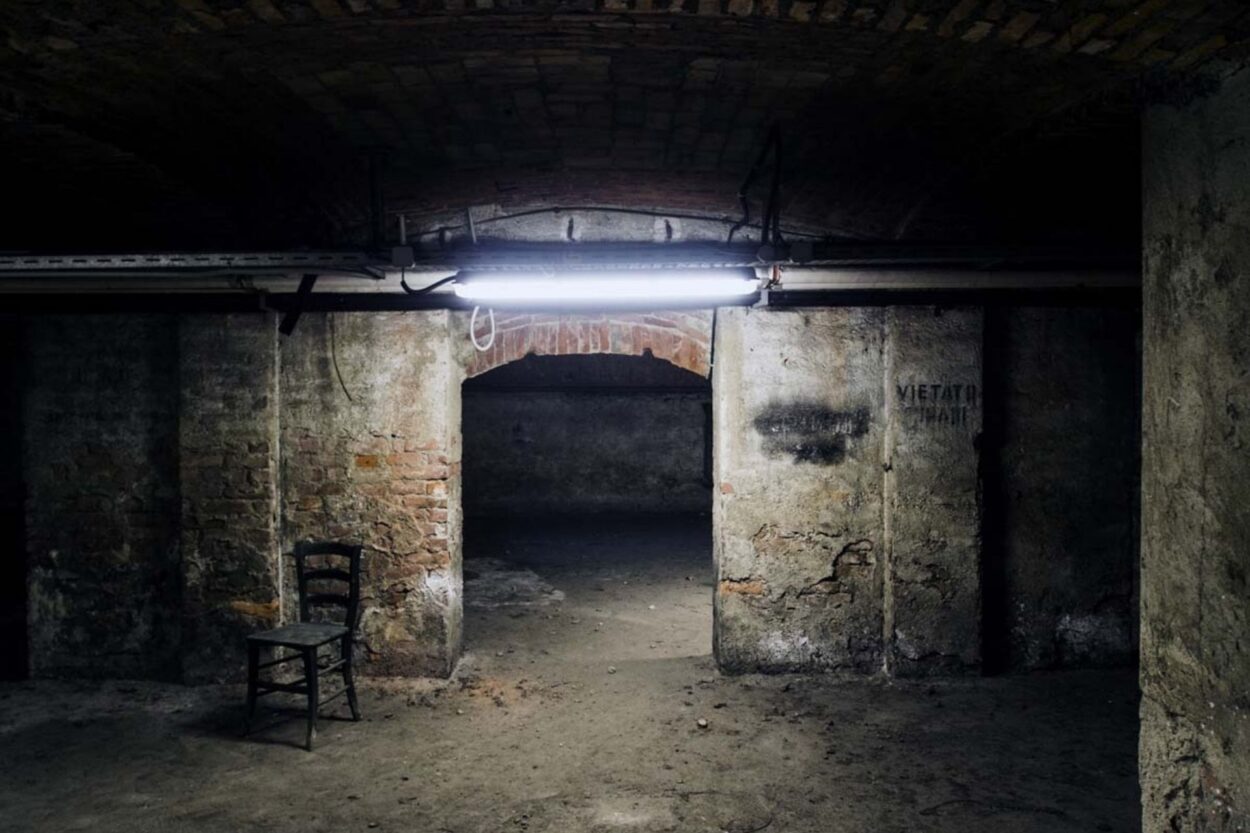
Torino
They were built in the Piedmontese capital 21 refuges by the Municipality while at least 1000 were those made by private citizens. Among the public ones, the largest are:
- the bunker under Piazza San Carlo;
- the bunker under Piazza Risorgimento with walls about 80 cm thick and with three galleries 40 meters long each. It could accommodate nearly 1200 people. Address: Piazza Risorgimento, 10143. Contacts: 01101120786
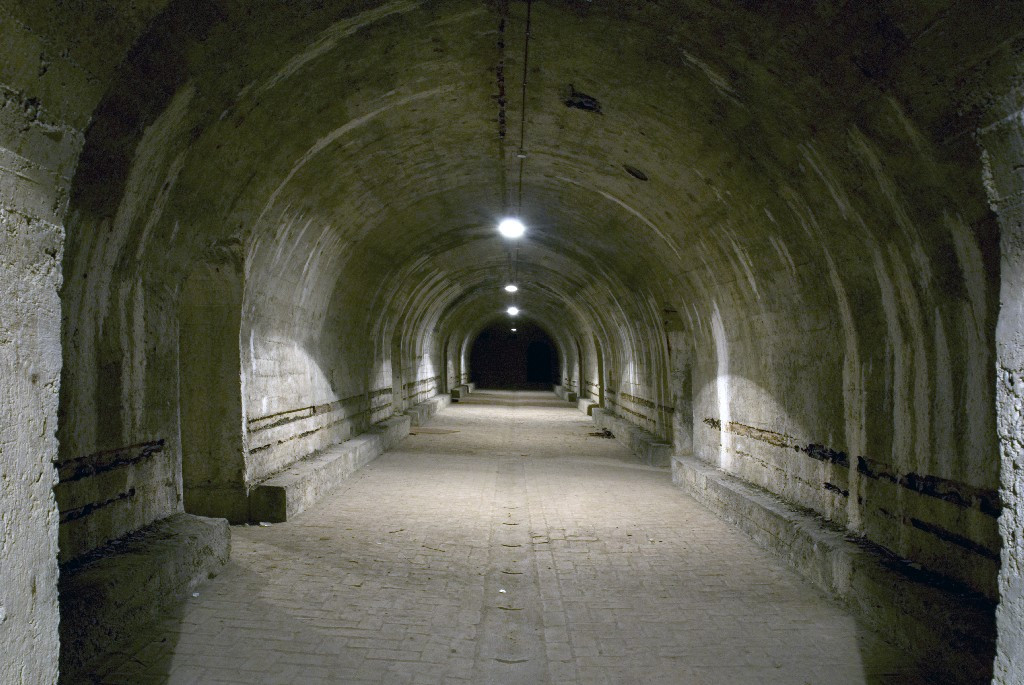
Between Trento and Bolzano
Between 1938 and 1942 they were built dozens of anti-aircraft bunkers and only between San Candido, Sixth e dobbiaco there are 50 armored shelters. They were camouflaged because they looked like warehouses or were hidden by stones and plants and many of them are still hermetically sealed. In the province of Bolzano there is the Opera bunker 1 where the symbolic is present today path of remembrance and solidarity.
Opera 1 bunker can be visited:
- Address: Via Pusteria 19 - Maso Baumann - 39034 Dobbiaco
- Contacts: 349 8767196 | dolomiten.bunkermuseum@gmail.com | Official site
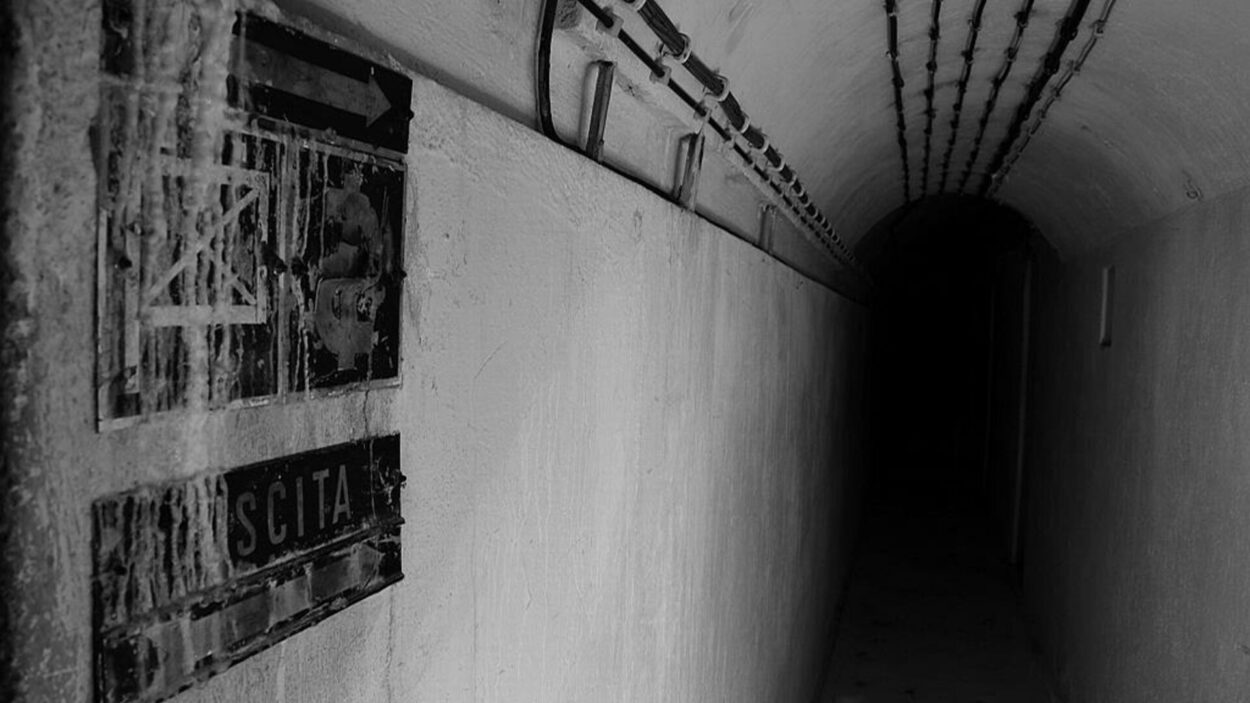
Cover photo source: Galleria Borbonica

